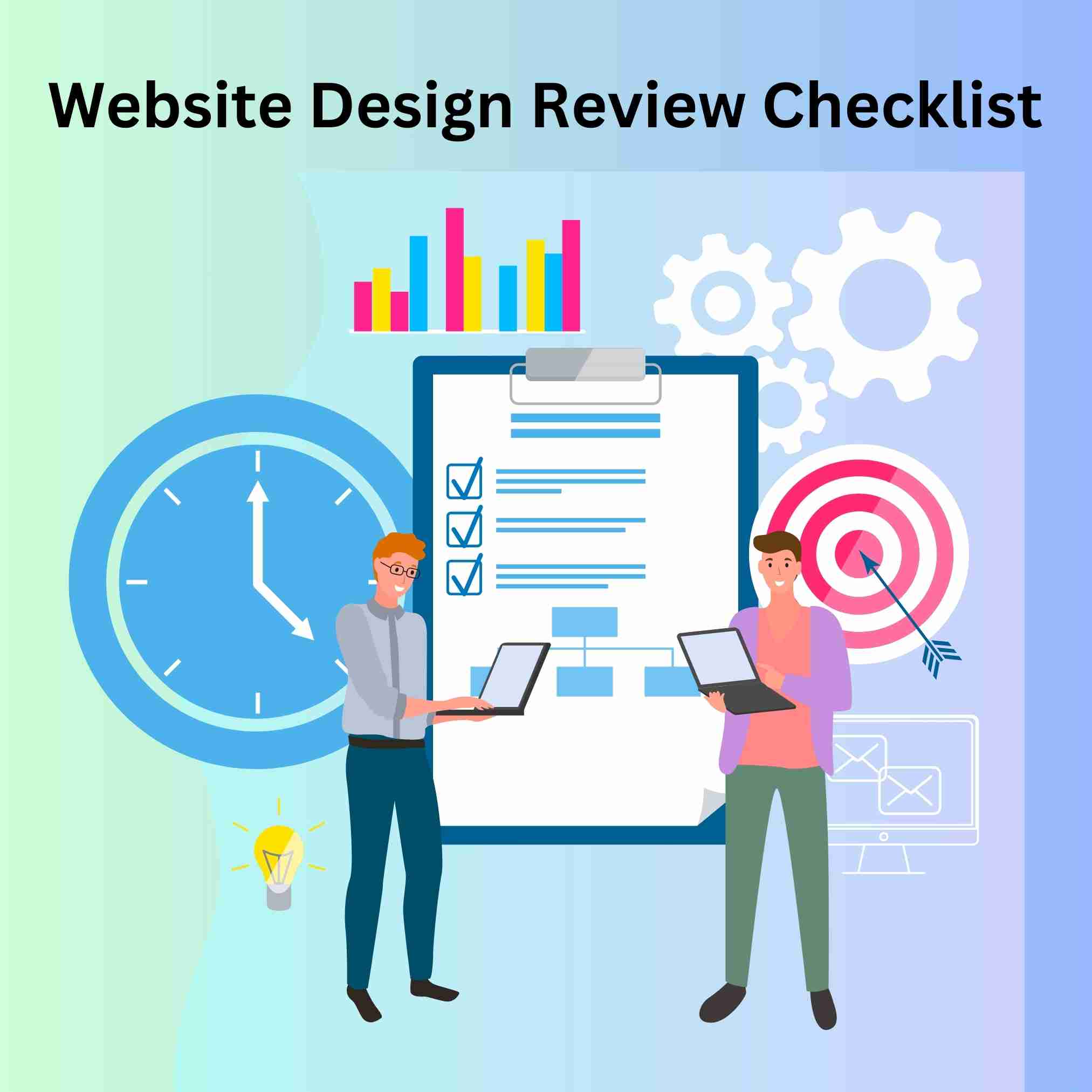Website Design Review Checklist: Crafting Digital Masterpieces

Website Design Review Checklist – In the bustling realm of the internet, where every click leads to a new journey, the design of a website serves as its digital storefront. It’s the first impression, the welcoming embrace, and the guiding hand that navigates users through a virtual landscape. Crafting a website that captivates, engages, and converts requires meticulous attention to detail. This comprehensive website design review checklist serves as your compass, guiding you through the intricacies of creating digital masterpieces that leave a lasting impact.
The Ultimate Website Design Review Checklist: Crafting Digital Masterpieces
1. Purpose and Goals:
Before delving into the intricacies of design, it’s imperative to define the purpose and goals of your website. Understanding the core objectives will shape every aspect of its design and functionality. Ask yourself:
- What is the primary purpose of the website?
- What specific goals do you aim to achieve?
- Who is the target audience, and what are their expectations?
2. User Experience (UX):
User experience is the cornerstone of effective website design. A seamless, intuitive UX ensures that visitors can navigate your site effortlessly. Review the following elements:
- Navigation: Is the navigation menu clear and accessible? Does it guide users to key sections of the website?
- Responsiveness: Test the website across various devices and screen sizes to ensure responsiveness.
- Page Speed: Analyze loading times and optimize elements to improve page speed.
- Accessibility: Ensure that the website complies with accessibility standards, including alt text for images and keyboard navigation.
3. Visual Design:
Visual appeal plays a crucial role in capturing and retaining user attention. Evaluate the visual design elements meticulously:
- Color Scheme: Does the color scheme align with the brand identity? Is it visually appealing and conducive to readability?
- Typography: Assess the readability of fonts and consistency across different sections of the website.
- Imagery: Review the quality and relevance of images, ensuring they complement the content.
- Consistency: Maintain consistency in design elements such as buttons, icons, and spacing throughout the website.
4. Content Quality:
Compelling content is the backbone of any successful website. Review the quality, relevance, and presentation of content:
- Clarity: Ensure that content is concise, easy to understand, and free of grammatical errors.
- Relevance: Is the content relevant to the target audience and aligned with the website’s objectives?
- Readability: Use formatting techniques such as headings, bullet points, and white space to enhance readability.
- Multimedia: Evaluate the use of multimedia elements such as videos, infographics, and interactive content to enrich the user experience.
5. Functionality and Interactivity:
Interactive elements enhance user engagement and create memorable experiences. Test the functionality of interactive features:
- Forms: Check the functionality of forms for inquiries, registrations, or subscriptions.
- Calls to Action (CTAs): Review the placement, design, and effectiveness of CTAs throughout the website.
- Social Integration: Ensure seamless integration with social media platforms for sharing and engagement.
- Feedback Mechanism: Implement mechanisms such as surveys or contact forms to gather feedback from users.
6. SEO Optimization:
Search engine optimization (SEO) is essential for improving visibility and driving organic traffic to your website. Conduct an SEO review focusing on:
- Keywords: Evaluate the use of relevant keywords in page titles, headings, and content.
- Meta Tags: Optimize meta titles and descriptions to improve click-through rates in search results.
- URL Structure: Ensure that URLs are descriptive, keyword-rich, and optimized for search engines.
- Internal Linking: Review internal linking structure to facilitate navigation and improve SEO.
7. Cross-Browser Compatibility:
Compatibility across different web browsers is crucial to ensure a consistent user experience. Test the website on popular browsers such as Chrome, Firefox, Safari, and Edge to identify any compatibility issues.
8. Security and Privacy:
Protecting user data and ensuring website security are paramount. Conduct a security review focusing on:
- SSL Certificate: Ensure that the website is secured with an SSL certificate to encrypt data transmission.
- Data Protection: Implement measures such as secure login processes and data encryption to safeguard user information.
- Privacy Policy: Display a clear and comprehensive privacy policy outlining how user data is collected, used, and protected.
9. Performance Optimization:
Optimizing website performance is crucial for enhancing user experience and retaining visitors. Review performance metrics and implement optimizations such as:
- Caching: Utilize caching mechanisms to reduce server load and improve page load times.
- Image Compression: Compress images to minimize file sizes and improve loading times without compromising quality.
- Minification: Minify CSS, JavaScript, and HTML files to reduce file sizes and improve loading speed.
10. Analytics and Tracking:
Analyzing user behavior and tracking website performance is essential for making data-driven decisions. Set up analytics tools such as Google Analytics and review:
- Key Performance Indicators (KPIs): Identify relevant KPIs such as traffic sources, bounce rate, and conversion rate.
- User Flow: Analyze user flow to understand how visitors navigate through the website and identify potential bottlenecks.
- Conversion Tracking: Implement conversion tracking to measure the effectiveness of marketing campaigns and optimize conversion funnels.
Conclusion: Website Design Review Checklist
Creating a captivating and effective website requires a multifaceted approach that encompasses design, functionality, user experience, and optimization. By following this comprehensive website design review checklist, you can ensure that your website not only meets but exceeds user expectations, leaving a lasting impression and driving tangible results. Embrace the iterative nature of web design, continuously monitor performance, gather feedback, and evolve to keep pace with changing trends and user preferences. With dedication, creativity, and attention to detail, you can craft digital masterpieces that resonate with your audience and stand the test of time.



